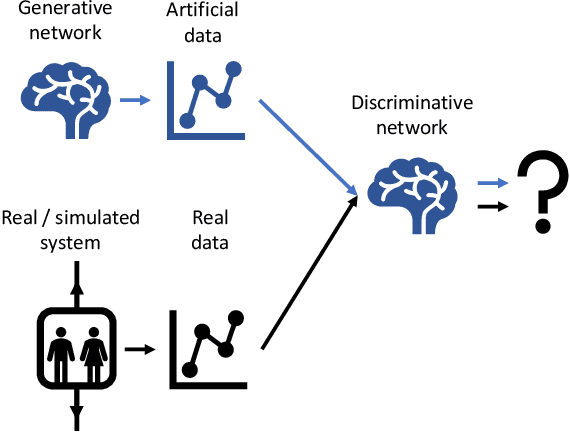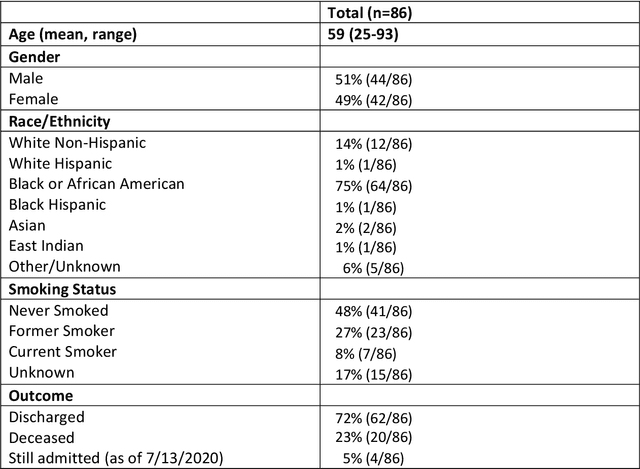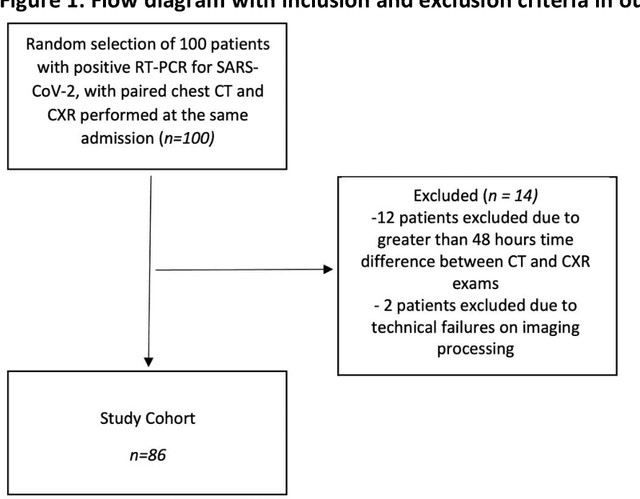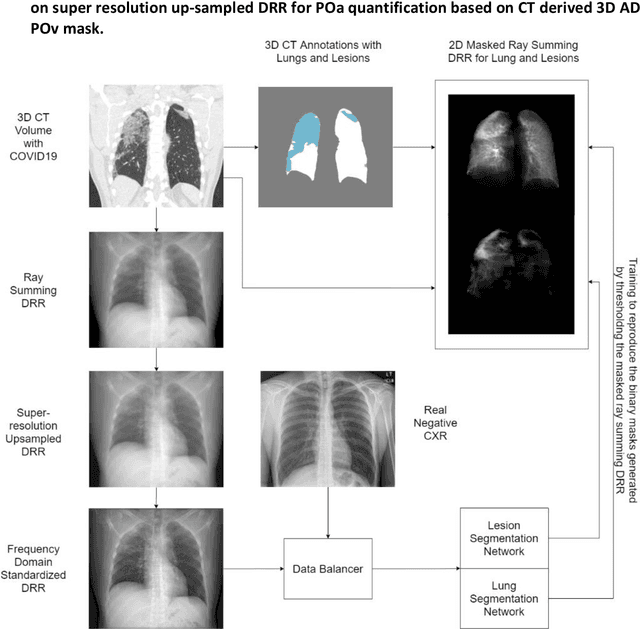Sebastian Vogt
Samplable Anonymous Aggregation for Private Federated Data Analysis
Jul 27, 2023Abstract:We revisit the problem of designing scalable protocols for private statistics and private federated learning when each device holds its private data. Our first contribution is to propose a simple primitive that allows for efficient implementation of several commonly used algorithms, and allows for privacy accounting that is close to that in the central setting without requiring the strong trust assumptions it entails. Second, we propose a system architecture that implements this primitive and perform a security analysis of the proposed system.
Simulation of an Elevator Group Control Using Generative Adversarial Networks and Related AI Tools
Sep 03, 2020



Abstract:Testing new, innovative technologies is a crucial task for safety and acceptance. But how can new systems be tested if no historical real-world data exist? Simulation provides an answer to this important question. Classical simulation tools such as event-based simulation are well accepted. But most of these established simulation models require the specification of many parameters. Furthermore, simulation runs, e.g., CFD simulations, are very time consuming. Generative Adversarial Networks (GANs) are powerful tools for generating new data for a variety of tasks. Currently, their most frequent application domain is image generation. This article investigates the applicability of GANs for imitating simulations. We are comparing the simulation output of a technical system with the output of a GAN. To exemplify this approach, a well-known multi-car elevator system simulator was chosen. Our study demonstrates the feasibility of this approach. It also discusses pitfalls and technical problems that occurred during the implementation. Although we were able to show that in principle, GANs can be used as substitutes for expensive simulation runs, we also show that they cannot be used "out of the box". Fine tuning is needed. We present a proof-of-concept, which can serve as a starting point for further research.
Automated detection and quantification of COVID-19 airspace disease on chest radiographs: A novel approach achieving radiologist-level performance using a CNN trained on digital reconstructed radiographs (DRRs) from CT-based ground-truth
Aug 13, 2020



Abstract:Purpose: To leverage volumetric quantification of airspace disease (AD) derived from a superior modality (CT) serving as ground truth, projected onto digitally reconstructed radiographs (DRRs) to: 1) train a convolutional neural network to quantify airspace disease on paired CXRs; and 2) compare the DRR-trained CNN to expert human readers in the CXR evaluation of patients with confirmed COVID-19. Materials and Methods: We retrospectively selected a cohort of 86 COVID-19 patients (with positive RT-PCR), from March-May 2020 at a tertiary hospital in the northeastern USA, who underwent chest CT and CXR within 48 hrs. The ground truth volumetric percentage of COVID-19 related AD (POv) was established by manual AD segmentation on CT. The resulting 3D masks were projected into 2D anterior-posterior digitally reconstructed radiographs (DRR) to compute area-based AD percentage (POa). A convolutional neural network (CNN) was trained with DRR images generated from a larger-scale CT dataset of COVID-19 and non-COVID-19 patients, automatically segmenting lungs, AD and quantifying POa on CXR. CNN POa results were compared to POa quantified on CXR by two expert readers and to the POv ground-truth, by computing correlations and mean absolute errors. Results: Bootstrap mean absolute error (MAE) and correlations between POa and POv were 11.98% [11.05%-12.47%] and 0.77 [0.70-0.82] for average of expert readers, and 9.56%-9.78% [8.83%-10.22%] and 0.78-0.81 [0.73-0.85] for the CNN, respectively. Conclusion: Our CNN trained with DRR using CT-derived airspace quantification achieved expert radiologist level of accuracy in the quantification of airspace disease on CXR, in patients with positive RT-PCR for COVID-19.
 Add to Chrome
Add to Chrome Add to Firefox
Add to Firefox Add to Edge
Add to Edge